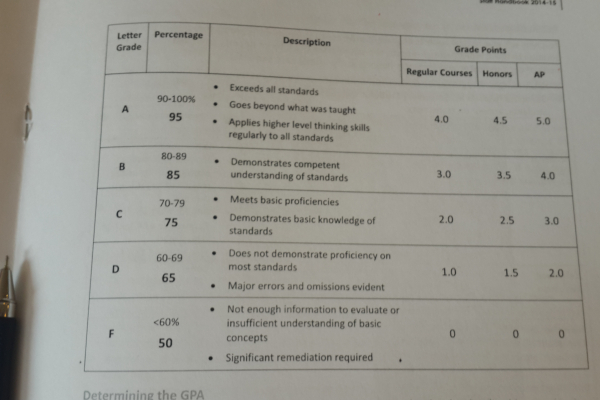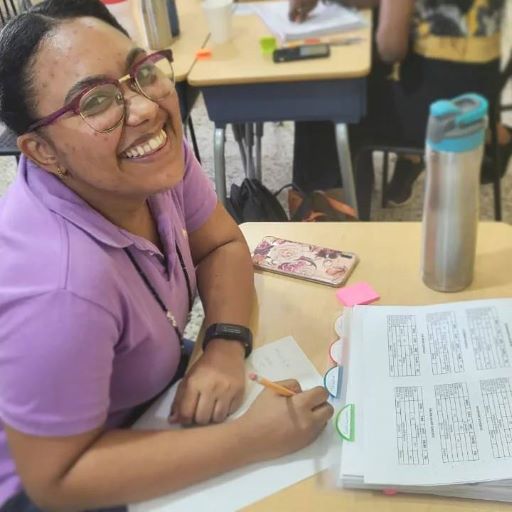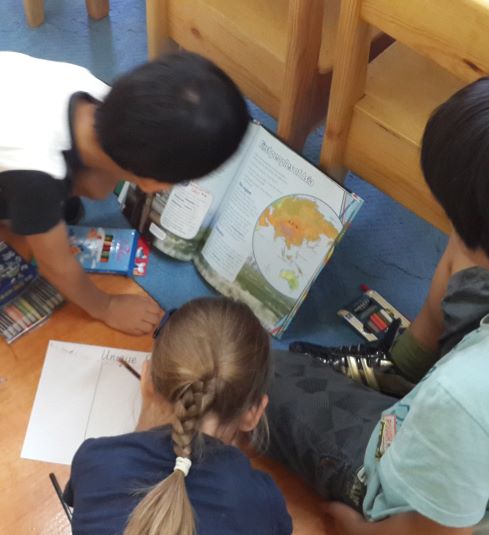Supporting Students Academically

Disrupted learning has been a way of life for teachers, students, and families, who have pivoted and innovated for the past two years. This fall, educators are anticipating a welcome return to normalcy, all the while grappling with the daunting task of accounting for unfinished learning and achievement gaps attributed to the pandemic.
God has entrusted us with our students for one year of their lives on their journey to become all He intends. So how do we best steward our time to maximize our impact on their academic achievement? How do we know what to focus on? What academic content and student competencies are worth our time and energy? To answer these questions, we look to Jesus, master teacher … and essentialist. He knew He had three years to train His disciples and prepare them to carry out the Great Commission after His ascension. There was likely a laundry list of objectives to prepare this ragtag group of men with the knowledge, understanding, and skills needed for the job ahead. However, Jesus kept the end goal in mind and focused on the essentials. To maximize our impact, we too need to make strategic instructional choices to guide and prioritize our instruction, assessment, and intervention.
Prioritize Essential Academic Content
Collaborate with grade level colleagues and include key input from teachers in the grade level/course above to determine the most essential standards (learning goals). Utilize a  disciplined, systematic approach to carefully sort through course objectives to select a subset of grade-specific standards within each content area – ones that reflect endurance (of value beyond a class or course), leverage (of value in multiple disciplines), and readiness (necessary for success in the next grade level). These should encompass the most essential grade-level content at the highest level of rigor.[1] They do not represent all we will teach but provide guidance for prioritizing our instruction. These standards are what we guarantee ALL students will know and be able to do, and for which we will provide time and support for students who have not mastered them and extension for those who already have.
disciplined, systematic approach to carefully sort through course objectives to select a subset of grade-specific standards within each content area – ones that reflect endurance (of value beyond a class or course), leverage (of value in multiple disciplines), and readiness (necessary for success in the next grade level). These should encompass the most essential grade-level content at the highest level of rigor.[1] They do not represent all we will teach but provide guidance for prioritizing our instruction. These standards are what we guarantee ALL students will know and be able to do, and for which we will provide time and support for students who have not mastered them and extension for those who already have.
As you sketch out your scope and sequence and develop unit plans, concentrate on providing rich, engaging, grade-level instruction that develops critical thinking skills and fosters independence. Maintain the focus on essential standards and resist the inclination to “water down” instruction. Plan extra days of instruction for units of study in which you anticipate higher levels of unfinished learning and adjust other units accordingly. Gain clarity on the status of unfinished learning by talking with the teacher(s) in the grade below to find out which standards were not taught, or not taught in-depth, last school year. This will provide the opportunity to anticipate gaps in foundational skills and devise a plan to embed additional skill instruction within your course of study.
Become a Learner of Your Students
Jesus was an astute learner of those in His inner circle and those in His broader sphere of influence, tailoring His lessons to meet each of them where they were at. Likewise, maximizing impact on student achievement requires the teacher to be a learner of their students. Be alert to the individual assets of your students and thus unlock the creativity and energy they bring to learning. Powerful learning occurs as we draw on students’ knowledge, experiences, culture, interests, learning preferences, and readiness levels to develop and deliver differentiated, student-centered instruction that values our learners, gives them voice and choice, and guides their learning.
Assess and Support
Jesus’ lessons were rigorous and challenging. Oftentimes His disciples struggled to grasp the essential learning. Jesus skillfully gauged the level of understanding of His disciples and provided “just-in-time" instructional support. Likewise, to value your learners with expected learning gaps and provide access to rigorous grade-level instruction, include intentional, on-going, formative assessment to monitor what students know and are able to do throughout the school year. Leverage the use of exit tickets, check-ins, student work, and class discussions to determine what students need, individually and collectively, to master essential learning.
As we create an excellent educational environment to guide students toward proficiency and independence, we anticipate student needs, build in support for all learners, and provide targeted interventions when needed. Jesus demonstrated this over and over in the Gospels, meeting His disciples, His followers, and even the Pharisees where they were at and seamlessly utilizing a variety of strategies to bring all His learners along. Likewise, front-load expectations, model the process, and provide examples of high-quality grade-level work, along with a rubric.  Apply what you’ve learned about your students to tap into their prior knowledge, interests, experiences, and culture to help them make connections to their own lives. Pre-teach vocabulary in context. Use graphic organizers, charts, and tables to help students visually represent their ideas, organize their thinking, and grasp concepts. Make strategic use of peer partnerships to promote as much productive talk as possible. Design opportunities for students to process and extend their learning through collaborative discussions and tasks. [2]
Apply what you’ve learned about your students to tap into their prior knowledge, interests, experiences, and culture to help them make connections to their own lives. Pre-teach vocabulary in context. Use graphic organizers, charts, and tables to help students visually represent their ideas, organize their thinking, and grasp concepts. Make strategic use of peer partnerships to promote as much productive talk as possible. Design opportunities for students to process and extend their learning through collaborative discussions and tasks. [2]
Your Turn
As you dive into the challenging work of maximizing your impact on students’ academic achievement, here are some questions to guide your thinking:
Which course objectives are essential for ALL students to master? Do these standards reflect endurance, leverage, and readiness? What knowledge, understanding, and skills were not mastered the previous school year? Which of these are prerequisite skills needed for student success this year? Where in my scope and sequence can these skills be incorporated into instruction to support students in engaging successfully with grade-level content?
How will I intentionally become a learner of my students? How might I leverage informal, formative assessment to determine student readiness levels? How might I embed skill gaps into current learning? What scaffolds and supports might all students need to be successful? What added support might my most fragile learners need?
How will I know if students have learned? What types of formative and summative assessment will I use to show student learning and drive instruction? When and how will I provide intervention when students have not mastered the essential skills? How will I enrich instruction for those who are already proficient? How will I help students self-monitor their learning and celebrate their growth?
Diane Peneycad
Educational Consultant
TeachBeyond Global
[1] Ainsworth, L. & Donovan, K. (2019). Rigorous curriculum design: How to create curricular units of study that align standards, instruction, and assessment (2nd ed.). International Center for Leadership in Education.
[2] Visit this link to download a curriculum design template that includes various elements noted in this article. NOTE: This link is valid until December 6, 2022. If you need access to it after that date or have trouble opening it, please contact us at onpractice@teachbeyond.org.
Photo Credits:
Student Reading. E Burnham.
Teacher Planning. Arbor Christian Academy. Resized.
Group Work. E Burnham.
